Horses in the wild rely on their senses-hearing, sight, touch, smell, and taste for living. Sound and sight warn of danger, and taste and smell identify safe or lousy horse diet. Domestication of horses has dulled their response to some of these, like they may not run away always they see a car, but their senses are just as acute as ever. When a horse reacts to some stimuli that we haven’t noticed, it is often put down to its “sixth sense.” It is the horse’s extremely sharp senses working together to process bits of information that we have missed. Horse behavior is very closely related to this topic.
Horse Sense- Sight and Vision
Field of Horse Vision
A horse’s eyes work freely of each other. Each covers a wide field of sight over a full semi-circle. There is a tiny overlap in front of the forehead, and a “blind spot” directly behind the face. Never approach a horse from the back because you will startle it.
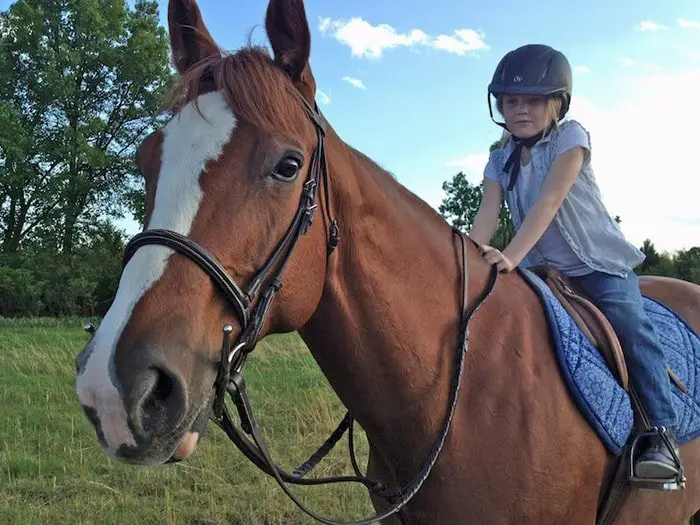
Straight Forward Vision
A horse makes little use of stereoscopic sight for judging distances, for example when jumping, so a one-eyed horse can still judge considerable distances. A horse loses sight of an object as it takes off, so it has to trust in its master knowing it is safe to jump.
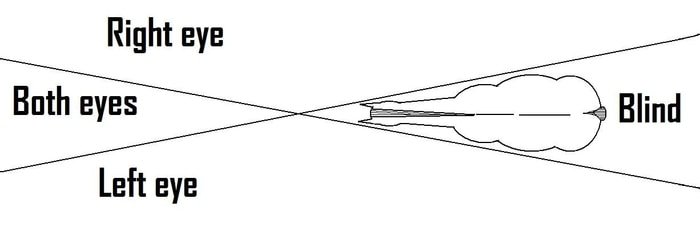
Horse Sense-Hearing
Use of the Ears– Horses use their sense of hearing a great deal, moving each ear independently to pick up sound waves. Talking to a horse is an excellent way to let it know that your presence and that you are not an enemy.
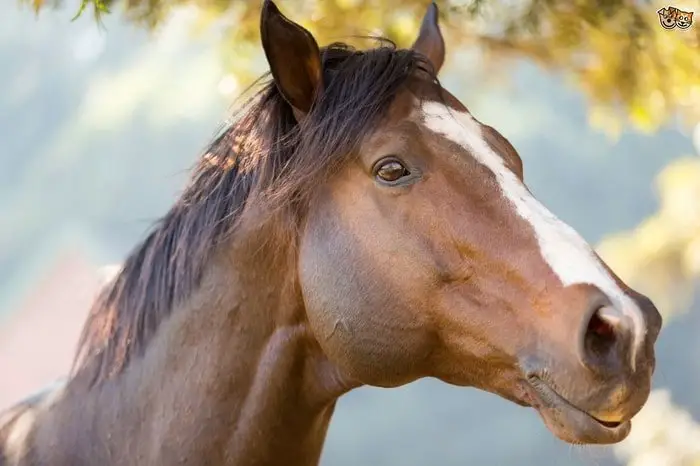
Preparing to Run: When a horse hears a sound, such as a dog barking, it lifts its head, looks towards the source of noise, and determines the significance of the disturbance. It will not move its whole body because it would then be less able to run away from the danger.
Horse Sense- Touch to Skin
Sensitivity: The horse has an acute identification of touch over its whole body cover. It can detect the presence of a small fly and whisk it away with its tail with unerring accuracy. You should not be astonished, therefore, if your horse is startled if you touch your horse without warning.
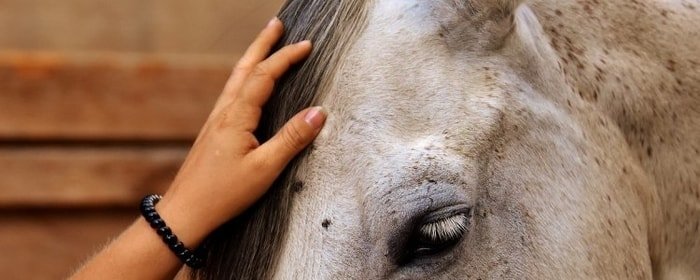
Whiskers: The whiskers and the long hairs in around the eyes are essential for sensing nearby particles. You should never cut whiskers when clipping a horse, even if you are preparing the horse for a show.
Horse Sense-Smell
Obtaining Information: smell enables a horse to detect unwanted items in its food. It is also important in social interactions; horses greet friends or identify strangers by touching muzzle to muzzle.
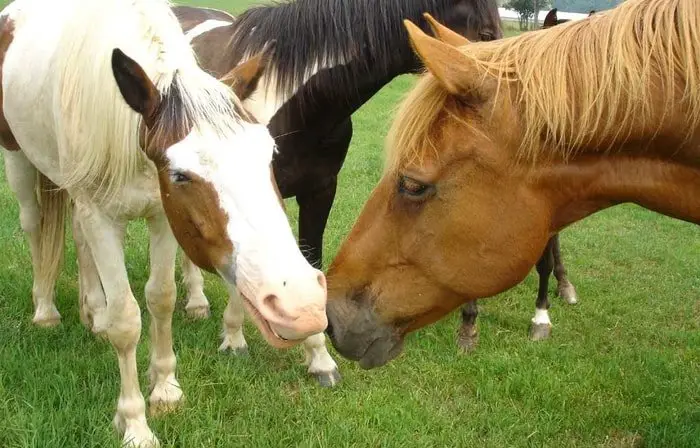
Scent Analysis: This action, known as flehmen, may involve “smelling” with the sensitive membranes inside the lips, as well as the nostrils. It is usually seen in sexual activity so that it may detect pheromones, the sex hormones into the air. Many horses will do this when they come across an unusual smell or feed for the first time.
Horse Sense- Taste
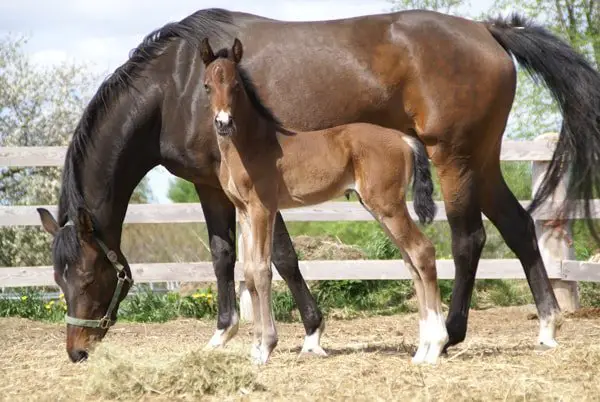 Favorite Foods: Horses like salty and sweet things but not bitter or sour ones. Many horses like peppermints. This may be because they once licked someone’s hand, which was salty, received a peppermint as a bonus, and came to associate the taste with friendly people.
Favorite Foods: Horses like salty and sweet things but not bitter or sour ones. Many horses like peppermints. This may be because they once licked someone’s hand, which was salty, received a peppermint as a bonus, and came to associate the taste with friendly people.
Concluding Remarks on Horse Sense
The horses have five basic sense like sight, hearing, smell, touch, and taste like all human being. As a horse owner and caregiver, you should have a piece of basic knowledge on equine sense. In my article, I have tried to give you a brief understanding of the different feelings of the horse. I hope that the above information will enrich your knowledge about your horse and its behavior.